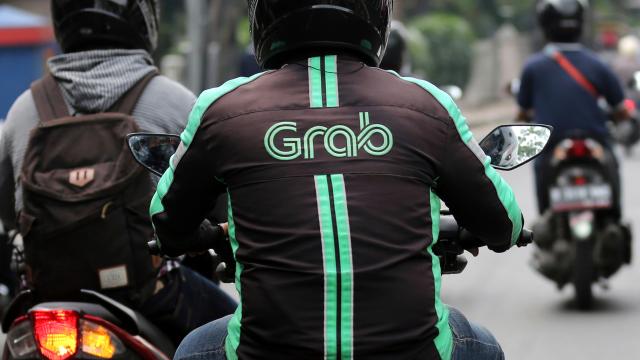Sources say Uber is considering bailing on its Southeast Asia division, with plans to sell it to regional competitor Grab.
Singapore-based Grab claims to have 95 per cent market share in southeast Asia and recently held a $3 billion round of funding in July 2017. It operates in more than 100 cities and has a presence in Indonesia, the Philippines, Malaysia, Thailand, Vietnam, and Myanmar, among other countries; according to the CNBC report, Uber is pursuing the same kind of exit it pulled off in China, where it lost billions of dollars before finally selling out to rival Didi Chuxing:
The move would mimic Uber’s strategy in China, where the company sold its ride-hailing operation to Didi for 20 per cent ownership, and Russia, where the company merged its local business with Yandex’s ride-hailing business for a 37 per cent stake. The objective would be to help Uber reel in its costs in preparation for an IPO as soon as next year, said the sources, who asked not to be named because the discussions are confidential.
The move may also ultimately play well for some of Uber’s ownership:
A tie-up with Grab would also play into SoftBank’s efforts to exert greater control over the global ride-sharing market. In January, the Japanese tech conglomerate bought about a 15 per cent stake in Uber, mostly buying shares from existing investors. SoftBank also owns shares in Grab, Didi, India’s Ola and Brazil’s 99, and has publicly expressed interest in Lyft, Uber’s main US rival.
Grab has rapidly expanded by adapting Uber’s model to work in regions with poor financial infrastructure, per Wired, something that’s propelled it to become the richest startup in southeast Asia. According to Bloomberg, the region’s ride-hailing market is expected to swell to up to $17 billion by the year 2025 as smartphone and internet adoption continues, but Uber’s entry to places like Malaysia was stymied by high prices, lack of cash payment options and an unsafe reputation. Grab includes safety features, takes cash, and subsidizes smartphones for poorer drivers, Bloomberg noted, while Uber felt “like it’s pushing a business model and an app designed in and for wealthier markets.”
Grab has run into some of the same problems as Uber, though, including widespread protests by traditional taxi drivers that claim it is undercutting their business model with subsidies and driving them out of business. Meanwhile, Uber is blowing through $6 billion a year attempting to dominate the entire ride-sharing industry in markets where it is more competitive.
Per CNBC, fresh Uber CEO Dara Khosrowshahi admitted as much at the Goldman Sachs Technology and Internet Conference in San Francisco this week, telling attendees, “if your only competitive advantage, or the only reason you can be in a market is because you can spend money, that’s not exactly a reasonable proposition.”
[CBNC]
